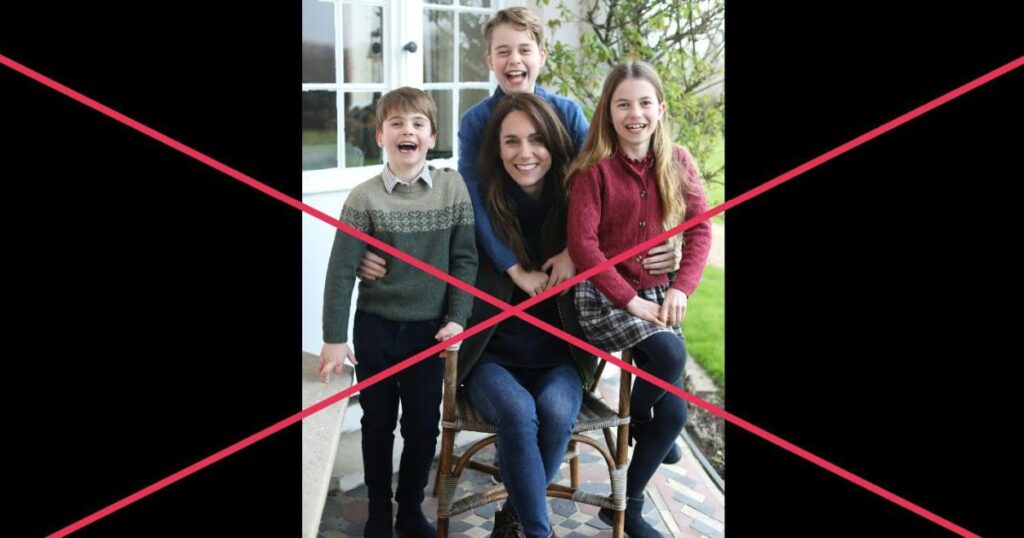LONDON — Royal images have been manipulated since at least the 1590s when artists painted Queen Elizabeth I as a young woman despite her being more than 60 years old.
But the edited photo of Kate, the Princess of Wales, and her three children has stirred up a decidedly modern controversy as it has inflamed conspiracy theories about her whereabouts, while raising questions about the royal family’s role in constructing its own image and how, or whether, it can be trusted to do so.
After the revelations that the photo to mark Mother’s Day in Britain — the first public depiction of Prince William’s wife since December — had been manipulated, international news agencies pulled the image, making it clear they will no longer stand for even superficial edits when it comes to palace handouts. A mistrustful public began poring over every pixel for evidence of falsification.
Some media and royal experts say that this will stand as a pivotal event, after which the palace and perhaps other public figures will be far more cautious in terms of the images they distribute.
“If they didn’t know already, they will know now that they’re going to be held accountable — and quite rightly,” said Steven Barnett, a communications professor at London’s University of Westminster. “We’re talking about the heir to the throne. In British constitutional terms, King Charles I is the head of state, and his son is the heir to that state.”
“We know that pictures that have been put out before have always been edited — every single royal image going back decades,” said Roya Nikkhah, a royal correspondent with The Sunday Times. But this time, she added, “I think there’ll be lessons learned for the palace PR operation.”
The relationship between public figures, the press and the truth has never been a straightforward one. The range of fakery spans airbrushed cellulite in fashion magazines to Soviet officials being purged from official photographs after falling…
Read the full article here





